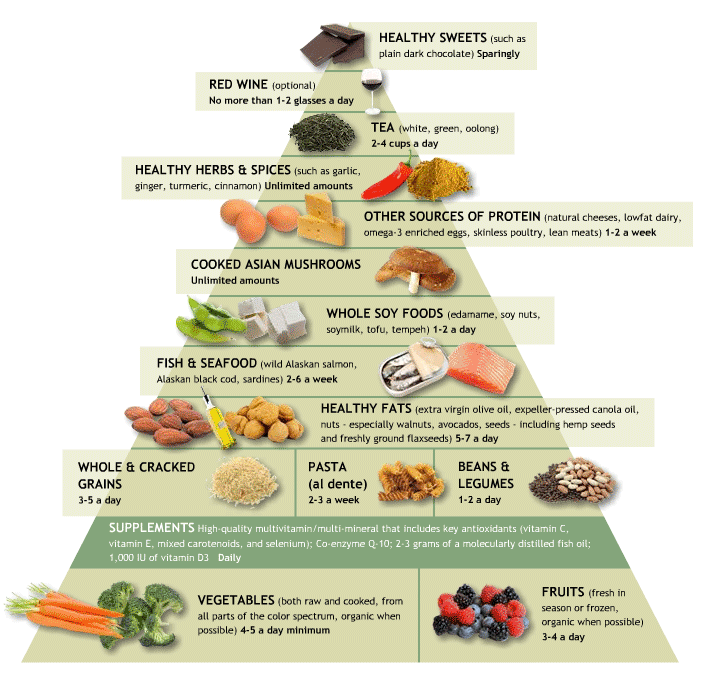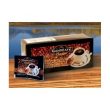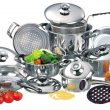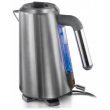“Inflammation.” It’s the body’s way of responding to a trauma or battling elements that do not normally belong. However, not all inflammation is so apparent. Rheumatoid arthritis, for example, is an inflammation or swelling of the joints, and it can range from being uncomfortable to painful. Inflammation of internal organs can also cause pain and may be symptomatic of other illnesses.
Beneficial foods
When swelling is associated with diseases, medication is typically prescribed to treat both the inflamed areas and lessen the pain. Sometimes, though, switching your diet to exclude certain foods and include more of others will help keep non-injury and non-infection swelling to a minimum.
Before delving deeper into the how and why the following items made an anti-inflammatory foods list, it’s worthwhile to mention the benefit of a food diary. Tracking what you eat and reactions to the food will help identify problem dishes.
• Fish
Healthcare professionals recommend serving fish for dinner or lunch several times a week. But it’s not just any kind of fish, cooked any old way. To receive the maximum anti-inflammatory benefits, choose fishes with high levels of omega-3 fatty acids, such as salmon, mackerel, tuna and sardines. Also, baked, broiled or grilled are the preferred cooking methods.
• Whole grains
Processed white flour offers little substantial nutritional value, which is why we are encouraged to opt for whole grains. The whole grain state retains its fiber values, and it’s that fiber that has been associated with reducing levels of C-reactive protein, which is used as a marker of inflammation in blood.
• Dark leafy greens
Veggies that are deep green with big leaves or florets, such as spinach, kale, broccoli and collard greens, possess natural sources of vitamin E. Research seems to indicate that vitamin E blocks pro-inflammatory molecules. Even better, these foods offer a cornucopia of other healthy elements, including calcium, iron, and phytochemicals.
• Nuts
One little nut carries a big punch of antioxidants, which are important to an anti-inflammatory diet because they help return tissue to a healthy state after an inflammation occurs. For inflammation prevention, reach for almonds for their fiber, calcium and vitamin E content. If you’re not an almond fan, go with walnuts for high levels of alpha-linolenic acid, a type of that all-important omega-3 fat.
• Soy
Studies suggest that the isoflavones in soy products, including soy milk, tofu and edemame, may help lower inflammation in women. Other studies, however, have questioned the benefits of large amounts of soy in women’s diets. So before you fine tune your tofu-cooking techniques, check with your doctor regarding risk factors.
• Milk
Dairy products can be tricky. For some people, they trigger inflammation associated with allergies. For others, items such as yogurt with probiotics can help reduce bloating. This is an instance where your food diary becomes a helpful tool to pinpoint cause-and-effect relationships.
• Peppers
Sweet, colorful peppers add antioxidants to a diet, which is a good thing, but spicy chilies can create discomfort, from torched taste buds to inflammation for rheumatoid arthritis sufferers. Still, hot peppers contain capsaicin, which is often an ingredient added to topical creams to reduce pain and inflammation.
• Garlic
Scientists are finding out that garlic has a lot more to offer than just flavor. Preliminary studies have shown it reacts much like NSAID medications to block pathways for inflammation.
This fruit is turning out to be a gold mine of anti-inflammation properties. One study revealed that athletes who regularly consumed the fruit reduced their anti-inflammatory pain medications.
Other noteworthy anti-inflammation foods include:
- Tomatoes
- Beets
- Ginger
- Onions
- Olive oil
- Berries











